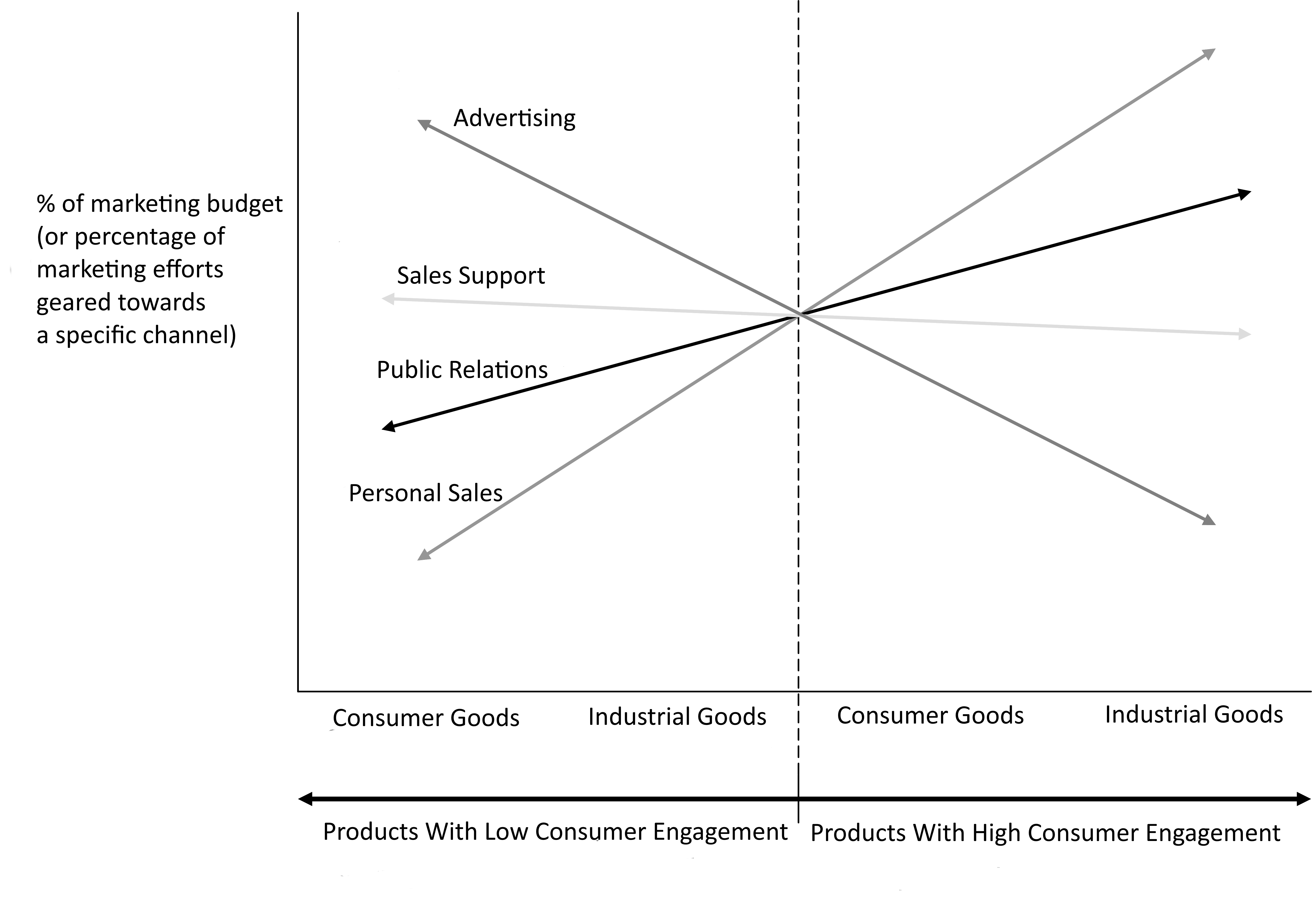4.1.2 Additional Information
Which Communication Strategy Should I Choose?
The communication strategy (WHAT you wish to communicate to customers) can be defined, for example, using approaches recommended by authors Patti and Frazer (Patti and Frazer, 1988 in Broderick and Pickton, 2005). These authors suggest seven possible communication strategies (communication content) as an example of how to formulate a strategy in your company. Each of these communication strategies is suitable for different types of competitive positions and market scenarios (Hanzelková, Keřkovský, Odehnalová, Vykypěl, 2009).
In practice, it may even be beneficial to combine several communication strategies for a single product.
-
“Generic Strategy– this communication strategy does not differentiate between individual brands, focusing primarily on promoting a product category rather than building awareness for a specific brand. The aim of this type of promotion is to support market growth, consumption of a product category or product type. This strategy can be adopted by, for example, monopolistic suppliers or leading companies in the market.
-
Preemptive Strategy– A strategy which combines generic (general) claims with the claim that a given brand is in some way exceptional. Competing brands can then not make the same claim about their own product, without appearing as though they are merely copying the communication strategy of the former brand. According to Patti and Frazer, this strategy is best applied in markets where competing brands adhere to a more generic type of communication or do not have a marketing/communication presence.
-
Unique Selling Proposition Strategy (USP) – this communication strategy is based on conveying the unique quality of your product that sets your company apart from its competition.
-
Brand Image Strategy – a strategy based on building a brand image. According to this approach, the brand image is what sets the brand apart from competing brands. This strategy is best applied in markets where competing products are very similar.
-
Positioning Strategy – involves attempting to identify a market niche which sets the brand apart from the competition. Creators of this strategy view it as a means of differentiating one’s brand against leading brands in the market. From the perspective of generic competitive logic, this strategy is suitable when presenting a product or service on the basis of a generic competitive strategy that focuses on differentiation in a narrow market segment (i.e. a segment with highly specific needs that the competition fails to accommodate).
-
Resonance Marketing – this is a communication strategy which involves evoking previous experiences, ideas, and associations that are relevant for the target audience. This strategy is utilized, for example, by Raiffeisenbank (re: their TV commercials “What bothers you about your bank.”)
-
Emotional Strategy – tries to evoke feelings from the target audience. This communication strategy is employed, for example, by the brand Kofola in their ads.
-
Informational Strategy – this strategy is based on the attempt to provide as much information about the product/service as possible. This strategy can be very beneficial with products whose specifications (benefits) are not well-known, requiring the company to “rationally convince” their customers. An example of an informational campaign is the series of spots by the Ministry of Transport, which explains on-road risks and details the possible consequences of traffic accidents.”(adapted from Hanzelková, Keřkovský, Odehnalová, Vykypěl, 2009)
Selecting Communication Mix Channels – Which Channels Are Suitable for What? (source: Hanzelková, Keřkovský, Odehnalová, Vykypěl, 2009)
Authors Pickton and Broderick (2005) recommend selecting channels that are suitable for the given product type. When the products in question are permanent industrial goods (e.g. capital goods, machinery and equipment, as well as cars, expensive consultancy and other services etc.), it is advisable to base the communication mix on personal sales, and to use other components (i.e. advertising, direct mail etc.) as a support system. Conversely, if the products in question fall within the category of everyday consumer goods (groceries, toiletries, clothing etc.), it is necessary to place greater emphasis on advertising.
Similarly, the selection of a communication mix channel impacts the extent to which the customer is “engaged” in the shopping process. If buying the product is considered relatively “risky” for the customer (i.e. the customer pays a large sum for a product which may end up being unsatisfactory) and the customer therefore spends a lot of time selecting the product, it is beneficial to base communication on personal sales. However, if the customer does not invest significant capital or time into the selection process, it is beneficial to sell the product by way of mass communication channels.

Selecting Marketing Mix Channels by Product Type and Customer Engagement (Pickton and Broderick, 2005, adapted from Hanzelková, Keřkovský, Odehnalová, Vykypěl, 2009)
Table below (adapted from Pelsmacker, Geuens and Bergh, 2003) presents other advantages and disadvantages of personal sales versus mass communication, which should be taken into account when selecting a marketing mix channel.
Table: Advantages and Disadvantages of Direct Contact (Personal Sales) vs. Mass Communication
| Criteria | Personal Communication (Personal Selling) | Mass Communication (Advertising, PR, Marketing at the Point of Sale and Others) |
| Addressing the General Public | ||
|
Low | High |
|
High | Low |
| Impact on Individual Consumers | ||
|
High | Low |
|
Relatively Low | High |
|
High | Slightly Lower |
| Feedback | ||
|
Two-sided | One-sided |
|
High | High |
|
Accurate | Difficult |


